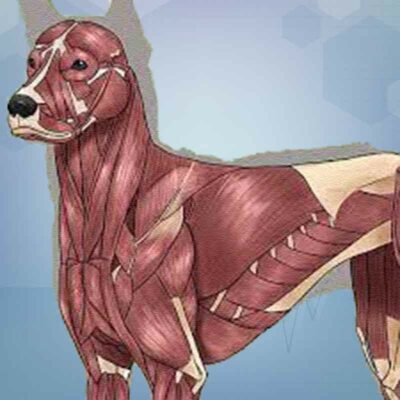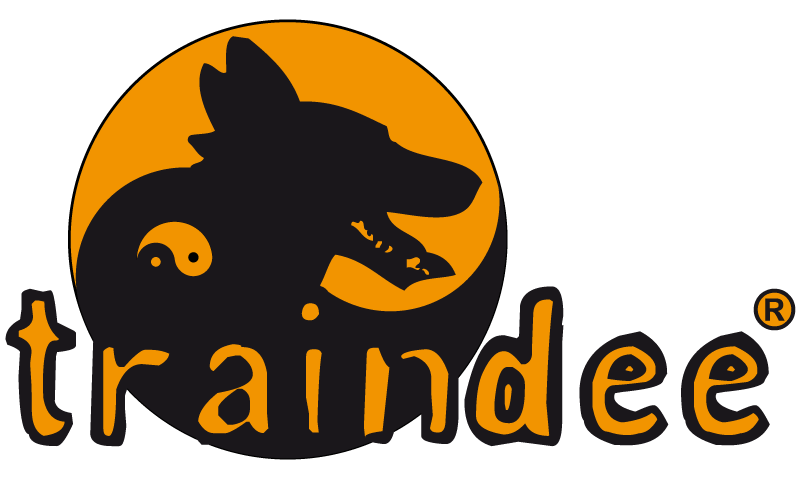 Muscular disorders in dogs
Muscular disorders in dogs
Several conditions impact dogs’ muscles or their neuromuscular junction, typically resulting in symptoms like weakness, reduced tolerance for exercise, and muscular discomfort or shrinkage.
These myopathies can stem from infections, immune-related issues, inherited factors, or they may arise secondarily due to systemic diseases. Acquired myasthenia gravis, a frequent neuromuscular junction disorder, often presents clinically similar to a myopathy.
Accurate diagnosis plays a pivotal role in establishing the most effective treatment and prognosis for each of these commonly identified conditions.
1. Muscular Dystrophy
Degenerative myopathies, and those without a clear origin, sometimes resemble muscular dystrophy in dogs, leading veterinarians to consider this diagnosis.
In human terms, muscular dystrophy involves two key components: a progressive muscular condition and evidence of genetic inheritance. However, in veterinary practice, confirming these aspects can be challenging and costly due to the complexity of demonstrating the muscular basis.
Additionally, breeders typically remove weaker and unwell animals from their bloodlines, complicating the identification of these elements.
Despite these challenges, there are documented instances of muscular dystrophy in dogs, but due to prevalent breeding practices, such cases remain exceedingly rare.


